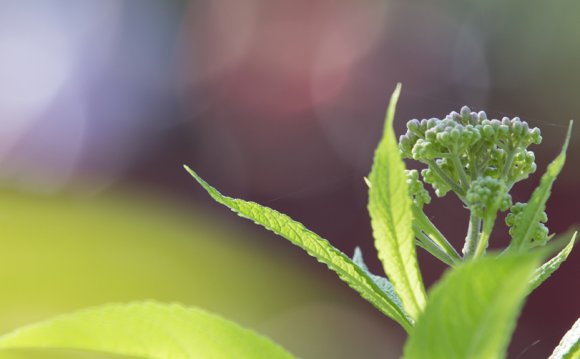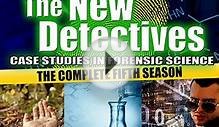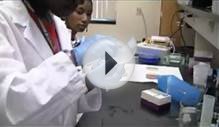
The seminar “Case Studies in Earth & Environmental Journalism” is no longer offered at Columbia, but the collections of readings assembled here may be of use to students or instructors in journalism or environmental science.
Overview
"Case Studies in Earth and Environmental Science Journalism" is designed to link students' expertise in science and in journalism. It is required for all first year students in the Earth & Environmental Science Journalism masters program, and is open to others with the instructor's permission.
Most of the class time is spent on "." Students read the primary scientific literature about an issue, discovery, controversy, idea, or hypothesis-for example, geological disposal of nuclear waste at Yucca Mountain. Next, they read popular articles and broadcast transcripts convering that same issue. Finally, the class interviews a scientist who worked on the topic. From this raw material, students extract a repertoire of techniques for shaping a science story to reach different audiences, simplifying without distorting a scientific idea, and catching a reader's attention.
In addition to historical "case studies, " students follow breaking stories coming out of Lamont. Depending on the nature of the story, seminar participants might read a preprint of a forthcoming journal article, discuss the story with the scientist involved, read a news release prepared by the Lamont public outreach office, discuss the preparation of the news release with the Lamont science writer, attend a news conference, and/or seek out coverage of the story in the media.
The final element of the seminar deals with : as a business, as a community, and as a point of view. The goal here is for journalists to understand the forces (other than raw curiosity) that influence the behavior of scientists. Through readings, discussion, and interviews with guest scientists, students gain an understanding of the peer review system, the funding system, ethics in science, and how the scientific community judges "excellence" in science.
Jump down to .
Requirements:
- Readings, class attendance, and participation in discussions. For each case, a set of "issues to ponder and discuss" will be provided; you should be prepared to discuss these questions in detail, using specific documentation from the readings to support your assertions.
- Each week, prepare a one page written description of a story idea. The story idea should be presented in the form of a memo to the editor or producer of a specific publication or broadcast. It should include a paragraph about why those readers, listeners, or viewers will care about the topic. Most of your story ideas should be based on something you have learned or discussed that week in one of your other classes. On weeks when we have a guest scientist, your story idea should be base on the interview.
- Before each interview with a guest scientist, prepare a list of questions; email list to instructor before interview.
- Organize one "case study" per semester: line up appropriate readings, formulate a list of "issues to ponder and discuss, " find guest scientist, lead discussion.
- (Fall semester) Write a nomination for the Walter Sullivan award for Excellence in Science Journalism. This award is given by the American Geophysical Union for "work [which] enhances public awareness and understanding of the geophysical sciences-the study of the Earth including its oceans, atmosphere, and space environment." You may nominate any newspaper or magazine article, or radio or television broadcast, that was published or aired this year; however, assigned reading for this class is not eligible. Your nomination must articulate why this is an exemplary piece of science journalism.
- (Spring semester) Compile an annotated collection of devices or strategies that authors have used to try to catch and hold the attention of their readers, or to try to convey a complex scientific idea to a non-specialist audience. Your compilation should include references and quotations from specific articles which have used the device. Include both good and bad examples, and span all of the cases considered over the course of the year. Then, for each device, explain under what circumstances the device is and is not effective, bolstering your arguments with examples.
Five or six case studies are covered each semester. An incomplete collection of cases covered since 1996 follows with the date of most recent use in parentheses. Cases listed alphabetically:
RELATED VIDEO












